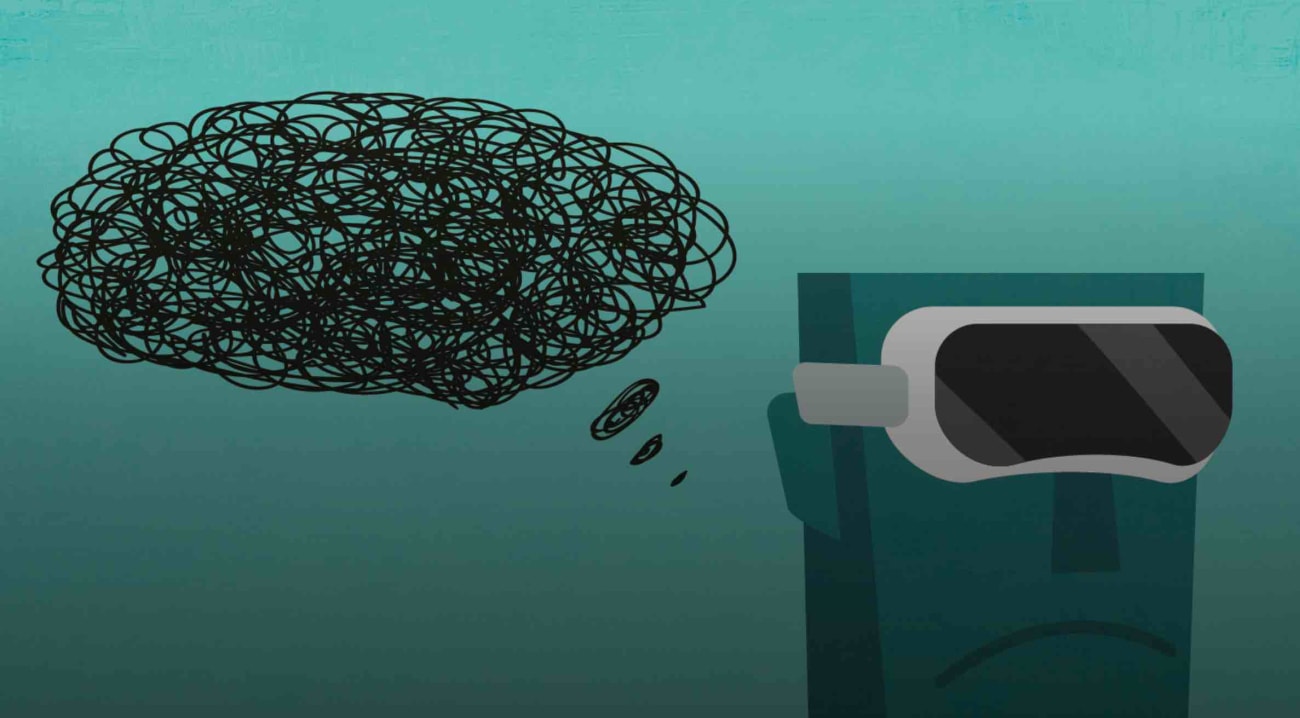January 24, 2019
Joseph McGuire is determined to change status quo treatments for young people with anxiety and obsessive-compulsive disorder (OCD). “Even with the best treatments available to us,” says the Johns Hopkins Children's Center clinical psychologist and researcher, “outcomes for adolescents with anxiety or OCD aren’t great. And even those teens who exhibit significant improvement often still have lingering symptoms.”
McGuire is conducting one of only a handful of virtual reality (VR) studies to understand how adolescents develop and rid themselves of fear — key aspects underlying the emergence and treatment of anxiety and OCD. The VR technology is a head-mounted display that portrays realistic and interactive computer-generated environments.
To perform the study, McGuire will evaluate whether adolescents (with and without the psychiatric conditions) become afraid of abstract stimuli, such as colored lamps, in an immersive VR environment. The youths will then go through steps to eliminate learned fear. After that, McGuire will use immersive VR to place the study subjects in a new virtual environment with the same abstract stimuli to investigate whether they experience a fear response.
If McGuire can identify which aspects of fear elimination are most challenging for adolescents with anxiety or OCD, he can devise strategies to spark associations that would better inhibit fear across settings. This is important because fears related to anxiety and OCD are often experienced in one setting — for example, home or school — but are treated in another context, such as a therapist’s office.
“If we can improve our understanding of how adolescents acquire and eliminate fear across settings, it would lead to better clinical outcomes,” McGuire explains. “Immersive VR provides an engaging opportunity to get kids involved in therapy and to help researchers study learning processes that apply in the real world. It seems like a natural fit for young people.”
Read the full story — “Could Virtual Reality Improve Treatments for Kids with Anxiety or OCD?” — in Hopkins BrainWise.
Published in January/February 2019 Insight

